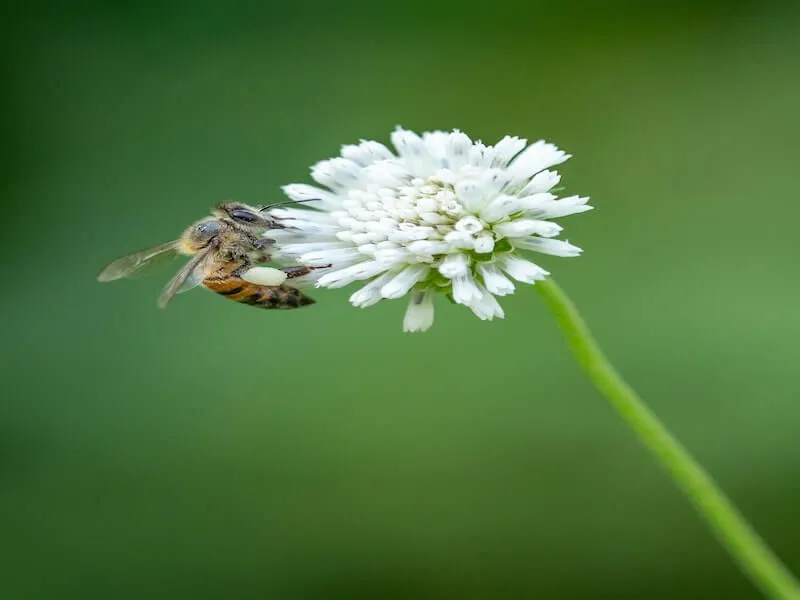Bee-autiful lawns

If you’re looking for a spring project that allows you to enjoy the sunshine and also support biodiversity, then look no further than your lawn!
Bee benefits
Bee lawns, or flowering lawns, are lawns that have grass and flowers. Flowers are the key difference between bee and non-bee lawns, as they provide a food source for bees. By offering bees a food source through a flowering lawn, you are expanding their available habitat, which is important as people are degrading and removing habitat at a rapid rate. There are many different types of flowers you can add to your bee lawn, including clover, dandelion, thyme and daisies. You can find most of these plant seeds at your local nursery.
Bonus benefits
These types of flowers may also improve your general lawn upkeep. They are hardy, require little watering and less mowing. Clover is especially good in dry areas as it is drought tolerant. It is also a ground cover that is commonly paired with grass species in lawns, because of its ability to take nitrogen from the air, and convert it into a form in soil available to plants.
Don’t be buzzkill
Many people have long considered dandelions and clovers weeds in their perfect lawns. If you decide to grow a bee lawn, have a chat to your neighbours and explain why you’re doing it. You just might start a bee lawn movement!
But I love my perfect lawn…
If you’re not ready to part with your monotone lawn, then perhaps consider planting some native plants in the garden – not the lawn – that attract bees, such as Grevilia and Hakea species. These will also act as a wildlife corridor for bees and other nectar-feeding insects and birds, so they can move throughout the landscape.
Date Posted:
November 10, 2020
